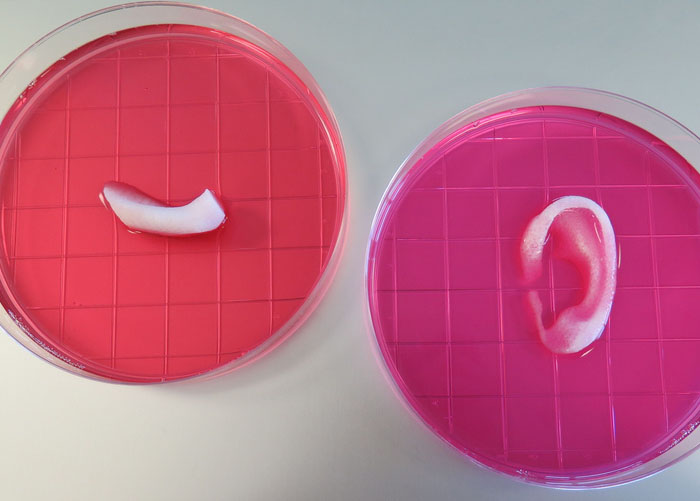3D printing can make organs using human cells
People with kidney disease have to wait three to five years for transplanted organs, and even longer in some countries. Patients waiting to transplant the pancreas have to queue for two years. Heart transplants have to wait a few months. In the near future, with 3D printing technology, a special gel containing human cells can be used to print out organs in a few weeks.
High print accuracy, no rejection after implantation
“In this world, every 30 seconds, patients die because they don’t get tissue transplants,†said Anthony Atala, director of the Wake Forest Institute for Regenerative Medicine. “The tissues and organs provided by donors. It’s always in short supply. Nowadays, with renewable medicine, people are expected to create organs for transplantation in the laboratory to solve the problem of organ shortage. This organ is made of the patient’s own cells, and the tissue inside is also from the patient itself. There will be no tissue rejection."

The researcher uses the same equipment as other 3D printing technologies and prints with high precision. However, the materials used in 3D organ printing technology are not plastics and metals, but a special gel. The gel contains human cells and a biodegradable, plastic-like material that keeps the tissue in a specific shape. The survival of living tissue made by 3D organ printing technology relies on dense, capillary-like channels inside the tissue that transport nutrients and oxygen while transplanting tissue.
Can continue to grow after being implanted in the human body
In 2016, the researchers announced the successful development of a baby-sized human ear, a mandible, and muscle tissue using 3D printing technology. After implanting these organs into experimental animals, these organs survived successfully and were able to grow. Prior to this, the researchers did not make these organs survive after many attempts. A month later, the blood vessels in that ear began to grow.
We have used 3D printing technology to create physiological structures for use in humans. After they are implanted in the laboratory, the nervous system and blood vessels begin to grow and function properly. This research shows that the results of our 3D organ printing technology can be applied to the human body in terms of size, strength and function.
——Anthony Atala, Wake Forest Institute for Regenerative Medicine
Prior to this, researchers also developed tissues and organs for transplantation, but they were handmade. Now with 3D organ printing technology, more people can benefit from it.
Sun-Shading Net is a series of colored shade nets with special optical properties which improve the utilization of solar radiation by agricultural crops. This technology promotes differential stimulation of desirable physiological responses, which determine the commercial value of each crop. This is an economical and environmentally friendly alternative to current labor-consuming methods (such as pruning and thinning) and intensive use of growth regulators and other chemicals. ChromatiNet enables growers to control vegetative growth characteristics, such as leaf size, branch length and plant height in plants, as well as the rate of maturation and flowering. This enables adaptation to market preferences, with clear economic advantages.
Greenhouse Sun-Shading System can reduce solar load, and cool down the inside temperature and create a comfortable environment for the plants.
Greenhouse Sun-Shading System,Greenhouse Shade Netting,Greenhouse Shade Cloth,Greenhouse Shading
JIANGSU SKYPLAN GREENHOUSE TECHNOLOGY CO.,LTD , https://www.engreenhouse.com